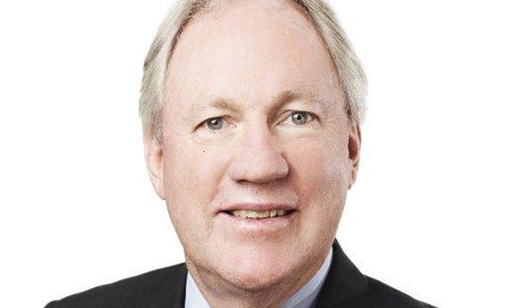Addendum
Down memory lane – and back – with industry veteran Eddington
May 1st 2018
It is more than a decade since former Cathay Pacific Airways and British Airways CEO, now Sir Rod Eddington, left the airline business for leadership and advisory roles in government, finance and media. Read More »
But in his keynote speech at a Royal Aerospace Society lunch in Sydney last month, it was clear aviation, particularly Asia-Pacific aviation, is very much in his ken.
 |
Discussing his former charge, the Cathay Pacific Airways of the 1990s, he told guests: “When I worked in Hong Kong for Cathay Pacific, it was the gateway to China. If you were anywhere in the world and you wanted to go to China you almost certainly flew to Hong Kong first, aside from the appeal of Hong Kong in its own right.
“I live in Melbourne now and there are a dozen Chinese carriers flying non-stop into Melbourne. There are the obvious ones: China Southern, China Eastern and Air China. But you also have Sichuan Airlines, Capital Airlines and Hainan Airlines.
“There’s a long list of carriers [from the Mainland] so Hong Kong is no longer the gateway to China. The game changes and airlines have to change. Cathay will bounce back, but it has some tough things to do first.
He continued: “When I first rattled around China in the late 1970s and early 1980s, there was only one Chinese airline, the CAAC, and it basically flew Tupolevs and Antonovs.
“Now, Chinese carriers fly modern airplanes. They fly them well and their inflight service and product continues to improve. China is no longer a reservoir of technology that belongs in a museum. There’s a lot of talk about Silicon Valley. China is very quickly closing the gap in technology terms.
“The other interesting fact about Chinese aviation is airports. I remember going into Capital Airport in Beijing when it was a tiny little place with an old circular terminal that serviced very few flights. If you look at Capital Airport today there is no comparison.
“But there are challenges associated with that enormous expansion. One of them is Air Traffic Control (ATC). The Chinese military still controls most of China’s airspace. If you are in Hong Kong and flying into or over China the ATC delays are interminable. But I would not bet against the Chinese. They are major players in the world game.”
Sir Rod also considers viable long-haul low-cost travel has potential if the right aircraft services a long-haul budget carrier network. “The low-cost model for short-haul is well established. With long-haul [full-service] carriers, you would have 400 seats on a B747-400 and you could sell the last hundred quite cheaply. There was always a bit of that in the mix anyway,” he said. “Now, with the B787 and A350 I think we will see more low-cost carriers that will be long-haul rather than short-haul.”
Why, Sir Rod was asked, did he decide against investing in the A380 when he was at British Airways? “I could not make it work. I always thought it was a terrific airplane from a customer viewpoint. But it is very large, very heavy and carries very high trip costs,” he said.
“In order for it to make money you needed 400 plus people who wanted to fly from the same place at the same time. In one sense it was academic. The balance sheet at BA when I got there was shot. We couldn’t have ordered a Bandeirante, let alone an A380.
“As an airline person who cares about the operating economics of a business it is very difficult to make money with the airplane.”